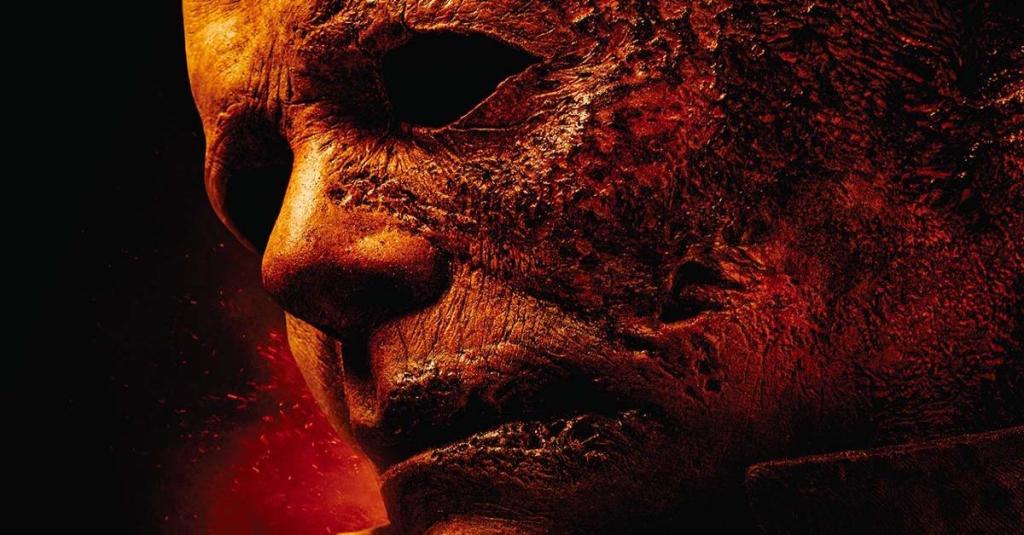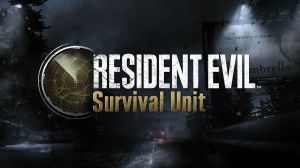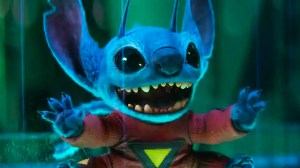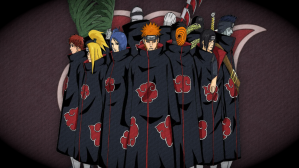Unlike other long-running horror franchises, which often make it quite clear that each subsequent installment exists in the same universe as what came before it, the Halloween series has a way of rebooting itself, ignoring some sequels while embracing others, and creating a conflicting canon that not all fans can keep track of. Now that Halloween Kills is in theaters and on Peacock, more casual fans are sure to be wondering how it fits in with the overall timeline featuring Michael Myers that kicked off in 1978 with Halloween and has earned 12 films over the course of 40 years.
Videos by ComicBook.com
Halloween Kills marks the third installment in the current timeline of films, which only consists of the original movie and 2018’s Halloween. In this timeline, Myers was captured by authorities after killing teenagers in his former hometown of Haddonfield, Illinois, following a confrontation with Laurie Strode (Jamie Lee Curtis) and his psychiatrist, Dr. Samuel Loomis (Donald Pleasence). The attacks in the original film were seemingly at random, as was Myers’ showdown with Laurie in 2018’s Halloween, given that it was Dr. Loomis’ successor Dr. Ranbir Sartain (Haluk Bilginer) who orchestrated Myers’ escape and brought the killer to face Laurie again. Both that film and Halloween Kills emphasized that Laurie herself wasn’t being targeted for any specific reason.
What made emphasizing the lack of connection between Laurie and Myers so important for this current series is that, dating back to 1981’s Halloween II, fans believed Myers to be Laurie’s brother, which is what motivated him to try to kill her. Interestingly, despite Halloween II no longer being an official part of the current canon, Halloween Kills does briefly feature footage from Halloween II in a flashback sequence.
For the first 20 years of the franchise’s history, Halloween fans knew that it was the Myers bloodline that determined his targets. Following the reveal of the sibling connection in Halloween II, Halloween 4: The Return of Michael Myers saw Michael targetting Laurie’s daughter Jamie Lloyd (Danielle Harris) following Laurie’s death, who was also a target in Halloween 5: The Revenge of Michael Myers before being killed in Halloween: The Curse of Michael Myers. That film saw Jamie having a baby, which became Michael’s latest target. This series of five films also culminated in the reveal that Michael Myers had been imbued with supernatural abilities thanks to the Curse of Thorn, explaining how he had been able to survive so many seemingly fatal injuries.
In 1998, Laurie returned to the series with Halloween H20: 20 Years Later, which served as a direct continuation of Halloween II and ignored the events of the previous three films. Laurie and Michael were siblings once again, though Laurie had faked her death and had a son all while Myers had seemingly evaded capture for two decades. This film earned the follow-up Halloween: Resurrection, which saw Myers finally killing Laurie before returning to his childhood home, killing coeds who had been hosting an investigation at the home that was being broadcast live on the internet.
The series currently has three entries that are disconnected from the 1978 Halloween. Given that co-creators of the original film John Carpenter and Debra Hill never wanted Michael to be a recurring character, Halloween III: Season of the Witch focused instead on a Halloween-centric plot in which an evil corporation was developing masks for children that, when worn during a specific TV jingle, would kill the wearer. Despite Myers not being a character in the film, this entry offers a metatextual glimpse at the figure, as a TV commercial teases a broadcast of the film Halloween. Also disconnected from the original film are Rob Zombie’s two reboot entries, both of which serve as a retelling of the Myers character, reimagining various elements from the source material and still featuring a sibling connection between Michael and Laurie.
Halloween Kills might be only the third film in the current timeline, which will conclude with Halloween Ends, yet it does still feature nods and Easter eggs to films that aren’t considered canon, most obviously thanks to the use of masks featured in Halloween III being worn by supporting characters in this latest entry.
This means there are currently a total of five narrative timelines for Halloween, which consist of the following:
- Halloween, Halloween (2018), Halloween Kills, Halloween Ends
- Halloween, Halloween II, Halloween 4: The Return of Michael Myers, Halloween 5: The Revenge of Michael Myers, Halloween: The Curse of Michael Myers
- Halloween, Halloween II, Halloween H20: 20 Years Later, Halloween: Resurrection
- Halloween III: Season of the Witch
- Halloween (2007), Halloween II (2009)
Halloween Kills is currently in theaters and streaming on Peacock.
Which timeline in the series is your favorite? Let us know in the comments below or contact Patrick Cavanaugh directly on Twitter to talk all things horror and Star Wars!









